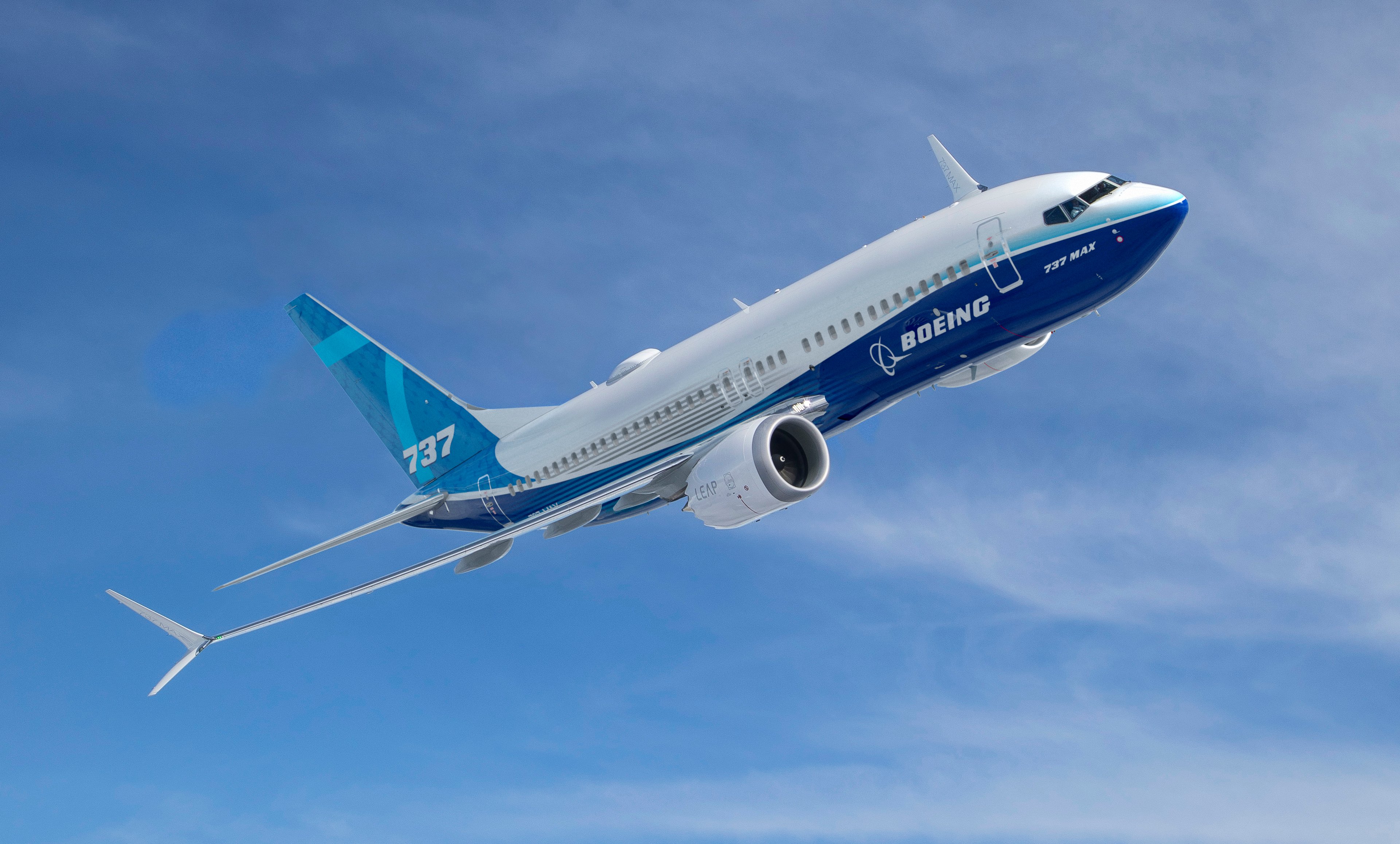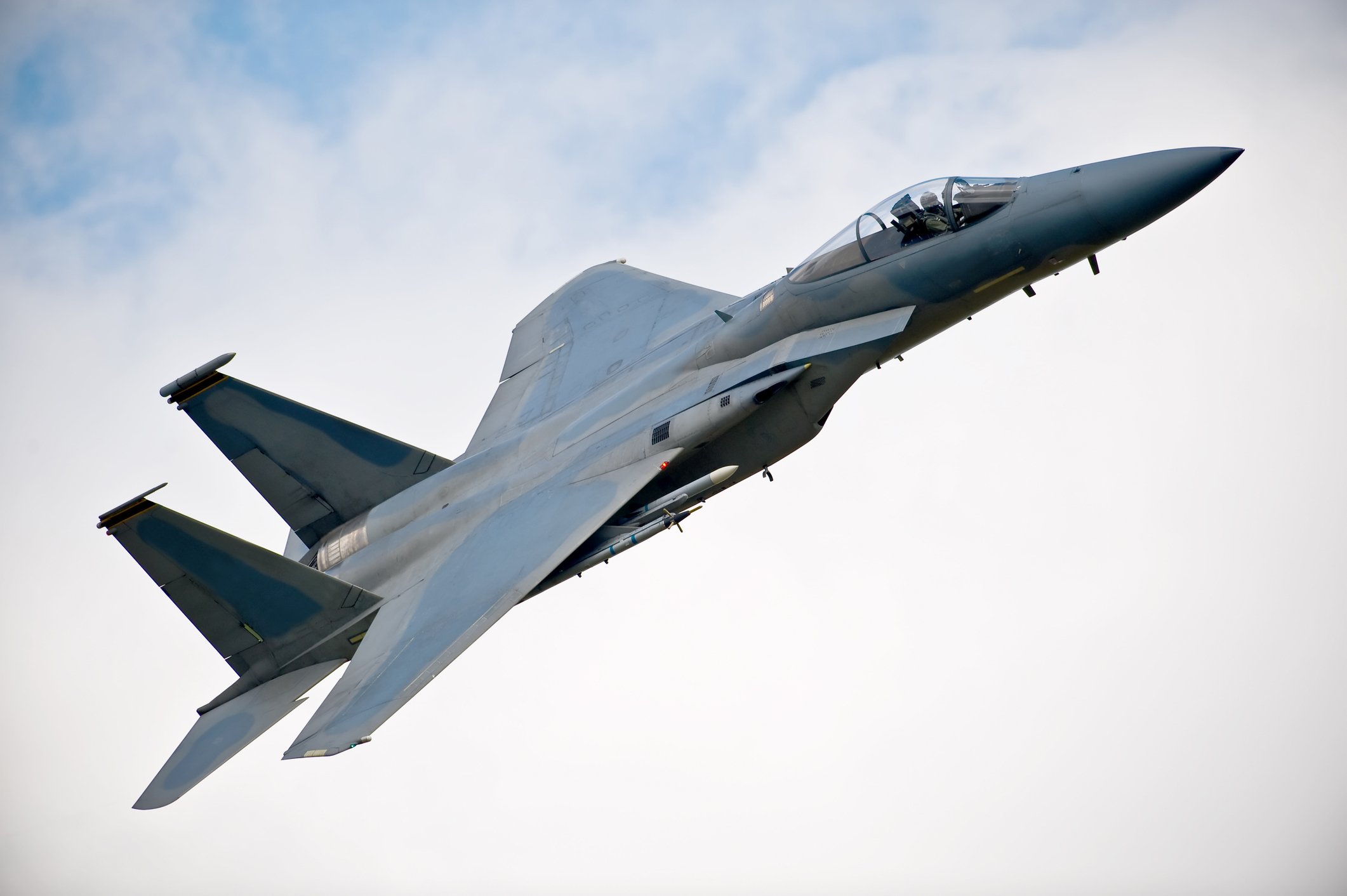Boeing's (BA +2.12%) recently released first-quarter earnings soothed investors' nerves after the company generated considerable cash and rewarded them with share buybacks and dividends. Solid deliveries boosted revenue during the quarter, but higher pension costs had a bearing on earnings. Let's take a look at the four key takeaways from the quarter.
Revenue
Boeing's revenue went up 8% to $20.5 billion, as compared with $18.9 billion recorded in the year-ago quarter. This revenue also topped Wall Street estimates of $20.2 billion. The jet maker's commercial revenue increased 19% to $12.7 billion, primarily attributable to higher commercial deliveries.
During the quarter, Boeing delivered 161 airplanes, an increase of 18% from the previous year. Out of the total deliveries, 115 jets were of the 737 family -- the highest-selling aircraft of the aerospace behemoth. The second top seller at 24 units was the 777 model. Boeing 787 Dreamliners' deliveries also increased from one a year ago, to 18 jets; Boeing delivered four each in January and February, and 10 in March against a target of 30 for the quarter. The hairline crack in the 787 models didn't spare the company completely in the first two months of the year.

The first flight of the Boeing 787-9, Source: Wikimedia Commons
Boeing is presently manufacturing the 787 Dreamliner at the rate of 10 a month, which is in line with the company's plan. The aero major has also increased the production rate of the single-aisle 737 jets to 42 a month. This would help the company deliver jets faster, and support revenue growth over the coming quarters.
Earnings
Boeing's net income fell 13% to $965 million over the previous year's comparable period, which translates to $1.28 a share. Profits were weighed down by a pension-related write-off charge of $334 million. However, if we exclude the effect of these charges, core earnings topped analyst estimates of $1.56 a share and stood at $1.76 compared with last year's $1.73. Boeing's core non-GAAP earnings from operations rose 12% to $2.1 billion on the back of better operating performance.
The Chicago-based company has lifted its guidance for core earnings for the year, up from $7.00-$7.20 to $7.15-$7.35 per share. The company improved its earnings outlook to reflect the impact of the tax credit, which would be accounted for in the second quarter. Other than this, Boeing plans to boost the deliveries of the more profitable 787-9 planes to Air New Zealand in the middle of this year. These factors should help lift the profit for the remaining year.
Cash flow
Fluctuating cash flow has been a concern for Boeing. The company is boosting the production rate and building inventories of models like 737 Max and the 787, draining its cash flow. The biggest concern has been over 787 Dreamliner's technical snags -- fixing them might not leave enough cash for buybacks and curb dividend increases.
Because of this, free cash flow for the quarter was very much on the market's watchlist. Fortunately, investors' fears were brought to rest as Boeing generated free cash flow of $615 million, up from $3 million reported in the year-ago quarter.

This was "much better than many had feared," said RBC Capital Markets analyst Robert Stallard. The figure is also pretty decent considering that first-quarter cash flows are typically lower on account of receivable payments and interest charges. Credit for the good showing goes to higher production rate and commercial deliveries that more than doubled operating cash flows to $1.1 billion, up 112% from last year.
The company delighted its shareholders by returning $3 billion during the quarter, with $2.5 billion coming through share repurchase and $0.5 billion through dividends. Boeing expects free cash flow to strengthen over the next two to three years as it's boosting its production rate and deliveries.
Backlog
Boeing's contractual backlog for the quarter stood at $422.69 billion, slightly up from $422.66 billion reported in the previous quarter as total orders received continued to outpace the deliveries. In the first quarter, the plane maker delivered 161 planes, while net orders booked stood at 235.
Commercial airplanes comprised majority of the backlog at $374 billion while defense accounted for $48.7 billion. Until April 29, Boeing's order book confirms orders for six high-margin wide-body jets, though the ANA Holdings order for 20 777X planes is still not showing in the company's website.
Higher backlog provides future stability and security to plane makers. Boeing's production units are already engaged to full capacity for the next eight to 10 years, clearing its current commercial backlog of more than 5,100 aircraft. However, it's good to keep in mind that Boeing has substantial exposure to the emerging markets, and the risk of cancellation persists.
The Foolish takeaway
Boeing's got a decent start to the year. Higher deliveries have had a positive effect on revenue and cash flow. In addition, the dividend hike and repurchase plan suggest that the company is confident about its deliveries and cash generation going further. With a focus on increasing productivity to match orders, Boeing looks set to deliver the goods.






